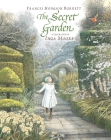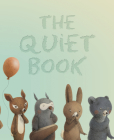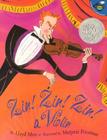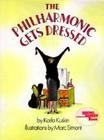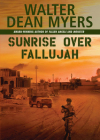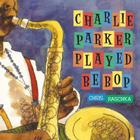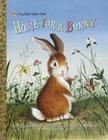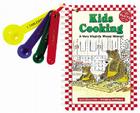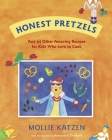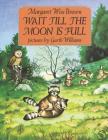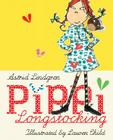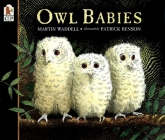Dear Aunt Debbie,
Ten years old -- yeesh. I don't know what I'd recommend. I'll be interested to hear your thoughts on the Walter Dean Myers, though; he's so good at so many other subjects. I'm very much of your opinion, that the best thing a parent can do when a kid has a strong interest is to study it along with him or her, exploring what's out there and talking about it together. Of course, I haven't had too much of that experience yet with Eleanor, except for requests for
stories about princesses.
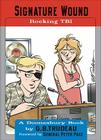
I'm wondering if something like Garry Trudeau's Doonesbury cartoons about the current wars in Iraq and Afghanistan would be appropriate. They're accessible, though not aimed at kids, and when I've read comments on his work it seems like servicemen and women think they're really accurate. Because every comic was published in daily papers, they're also guaranteed not to be too harrowing or inappropriate.
The trilogy of Iraq War stand-alone books Trudeau has put out focus on life-changing injuries suffered in the war: BD's loss of his leg (and helmet); a young soldier nicknamed Toggle and his injuries, including TBI (traumatic brain injury), which leaves him unable to speak clearly. Most of the comics in these books are focused on rehabilitation and recovery, but they provide a searing and honest picture of the war and its effect on soldiers. The books:
The Long Road Home,
The War Within, and
Signature Wound. You can find a complete archive of all his comic strips, as well as a ton of information, at
doonesbury.com.
I started reading Doonesbury books at Grandma and Grandpa's house when I was little, finding them on the cartoon shelf with all the Pogo books and New Yorker cartoon compilations. While I didn't fully understand them at first, they made an impression, and as I returned to them again and again while the grownups were talking in the living room, they gave me a real sense of American political history over the past 40 years. Maybe this is a good way in?
In 2006, Trudeau also started a blog for current forces deployed in Afghanistan and Iraq.
The Sandbox contains posts directly from soldiers. I haven't read much of it, and don't have a sense of whether it's kid-appropriate, but this might be something for a parent to read with a kid. There's also a
Sandbox book, which again I haven't read, but might be worth reading with or before an interested kid does.

You mentioned Tim O'Brien's
The Things They Carried. This is perhaps my favorite book to teach of all time. It's a collection of linked stories about the Vietnam War, but more than that, it's a book about storytelling. I teach it to high school juniors and seniors in a Writers' Workshop course, where students have signed up to explore creative writing. I wouldn't recommend it for kids younger than 15 or 16, for two reasons. First, some of the scenes contain images of disturbing violence and of death. Second (and perhaps more importantly, as most teenagers these days have seen a lot of violent images by the time they hit high school), O'Brien plays with truth-telling in complex ways, and in my experience, most ninth-graders and younger won't fully get what he's writing about.
By telling and re-telling certain stories in the book, and calling it "a work of fiction" but narrating in the voice of a character named "Tim O'Brien," O'Brien confronts readers over and over with the question of what in his book is true, and what truth even means. He offers his own definition of "story-truth" -- something that can be true without having happened -- and "happening-truth," something which occurred. Story-truth, he says, can be truer than happening-truth. (You discuss that with a roomful of 16 and 17 year olds, and you
blow their minds.) It's an extraordinary book, and a potent model to get students to write about difficult experiences in their own lives. And O'Brien's writing is both gorgeous and straightforward. In ten years of teaching, I have not had a single student who didn't like this book.
On that note, I'm off to pack. We're heading out on vacation for a week and a half, so while I should be able to keep posting, I won't have my whole library to draw from. But we'll make do.
Love, Annie
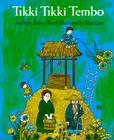 One of the books we did buy was one I remember from my childhood, but hadn't seen or thought of for years: Tikki Tikki Tembo, a Chinese folktale retold by Arlene Mosel, with utterly appealing woodcut-like drawings by Blair Lent. It's a simple story about two brothers who, on two separate occasions, fall into a well. The second brother's name is Chang, so his older brother is able to explain quickly to their mother and then to the Old Man With The Ladder what's happened. But the elder brother is named "Tikki tikki tembo-no sa rembo-chari bari ruchi pip peri pembo," and that is the joy of this book. Tikki tikki tembo's full name appears on almost every page, and as Chang tries to tell his mother and the Old Man With The Ladder to come rescue him, he runs out of breath and can barely get the words out. So much fun to read aloud. When we got back to the house, it was the first one Eleanor wanted to read, and I think we'll be hearing a lot of it in the days to come.
One of the books we did buy was one I remember from my childhood, but hadn't seen or thought of for years: Tikki Tikki Tembo, a Chinese folktale retold by Arlene Mosel, with utterly appealing woodcut-like drawings by Blair Lent. It's a simple story about two brothers who, on two separate occasions, fall into a well. The second brother's name is Chang, so his older brother is able to explain quickly to their mother and then to the Old Man With The Ladder what's happened. But the elder brother is named "Tikki tikki tembo-no sa rembo-chari bari ruchi pip peri pembo," and that is the joy of this book. Tikki tikki tembo's full name appears on almost every page, and as Chang tries to tell his mother and the Old Man With The Ladder to come rescue him, he runs out of breath and can barely get the words out. So much fun to read aloud. When we got back to the house, it was the first one Eleanor wanted to read, and I think we'll be hearing a lot of it in the days to come.
